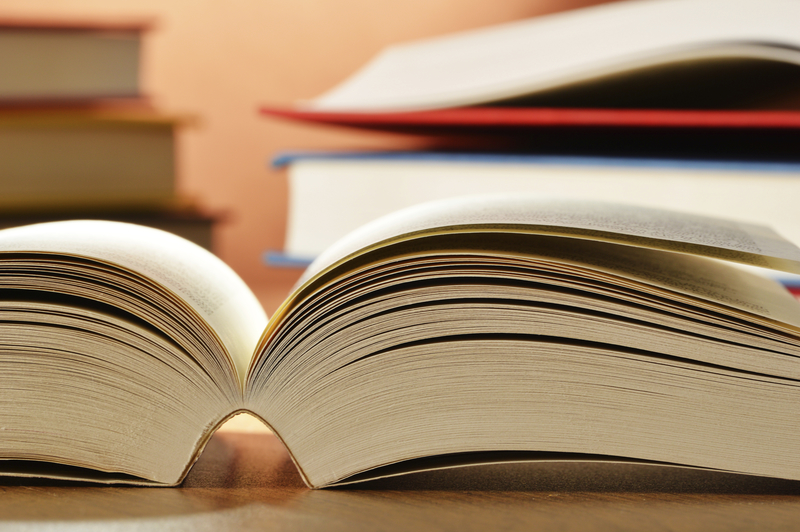“Perfect” binding is a popular method of bookbinding that involves gluing the pages of a book together at the spine.
It’s commonly used for paperback books, magazines, catalogues and other publications that require a professional appearance.
Characteristics of ‘Perfect Binding”:
- Flat Spine: Perfect binding creates a flat, squared-off spine, which can be printed with the book’s title and other information, giving it a professional and polished appearance.
- Durability: While not as durable as sewn bindings, perfect binding provides adequate strength for many types of books, especially those that aren’t subjected to heavy or frequent use.
- Cost-Effective: Perfect binding is less expensive than other types of binding, like case binding (used for hardcovers), making it a popular choice for a wide range of publications.
- Flexibility in Design: This method works well for books with varying page counts, typically from about 40 pages to several hundred pages. It can accommodate both thin and thicker publications.
Perfect binding is widely used because it balances cost, appearance, and durability, making it a versatile option for many publishing needs.
PUR (Polyurethane Reactive) binding is considered a form of “perfect binding” because it shares the basic principles of perfect binding, but with a key difference in the type of adhesive used. Here’s why it’s classified as such:
Similarities to Perfect Binding:
- Structure: Like traditional perfect binding, PUR binding involves gathering the pages of a book together into a block, then applying an adhesive to the spine edge. The cover is then wrapped around the spine, with the adhesive holding everything together.
- Appearance: Both perfect binding and PUR binding result in a flat spine, giving the book a sleek, professional look. The final product in both cases looks similar, with the pages neatly bound into the cover.
Key Difference:
- Adhesive Type: The primary difference lies in the adhesive. Traditional perfect binding typically uses an ethylene vinyl acetate (EVA) adhesive, which is a hot-melt glue. PUR binding, however, uses a polyurethane adhesive.
- Strength and Durability: The polyurethane adhesive in PUR binding offers superior strength and flexibility compared to the EVA adhesive used in traditional perfect binding. This makes PUR binding more durable, especially for books with coated or heavy papers, or those that need to withstand frequent use.
Because PUR binding builds upon the same basic process as traditional perfect binding but with an enhanced adhesive, it’s considered a specialised form of perfect binding, offering better performance for certain types of books.
EPM Print Group, as a long term, local Queensland business and market leading print solutions agency, can assist with brand management and growth right across Australia. With our own online management portal, you can take charge of all your printing needs from the comfort of your desk or mobile phone. If your business would like to be supported by a professional, reliable, cost effective business solution, reach out to our team at sales@epmprint.com.au


No comments yet.